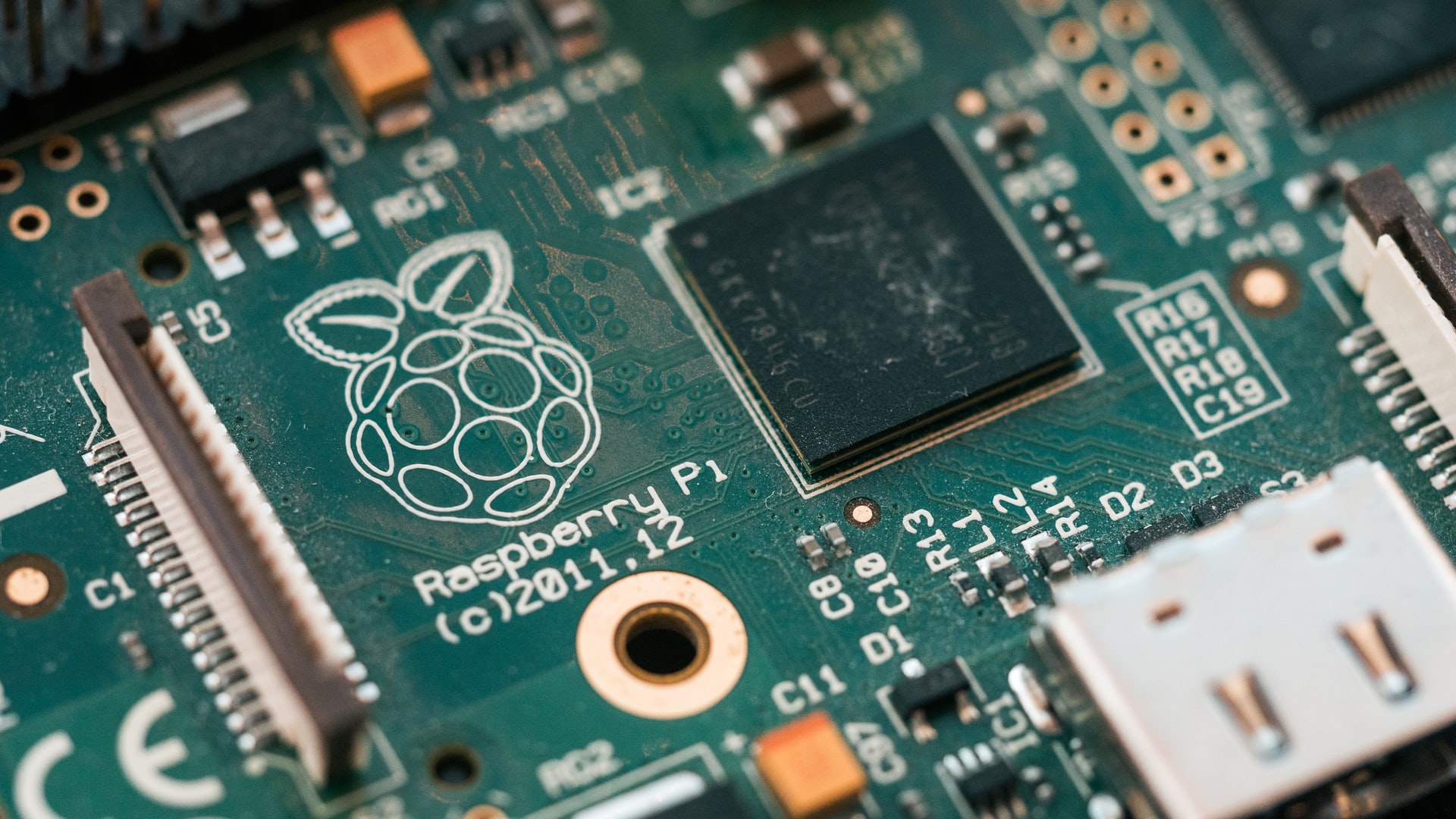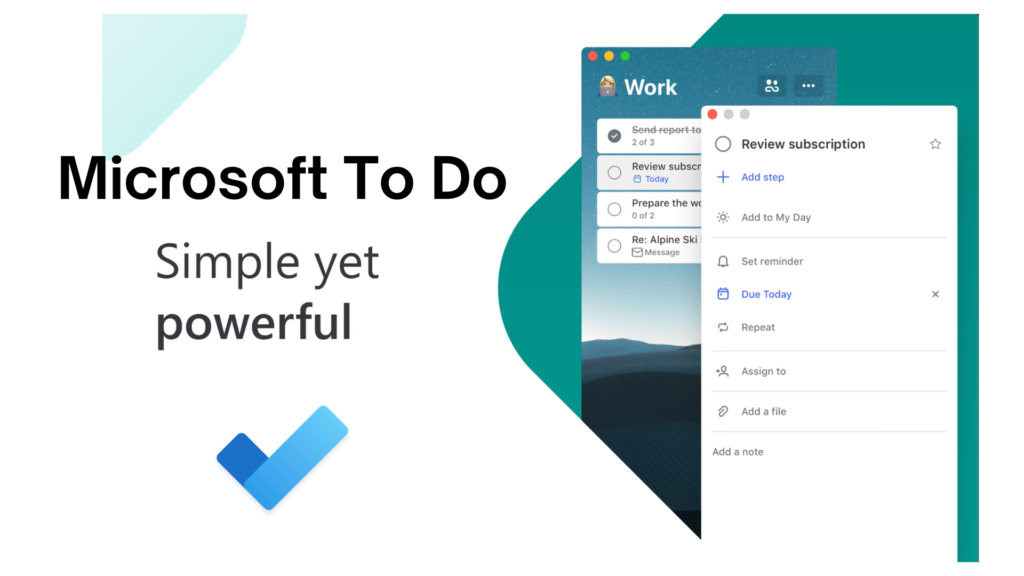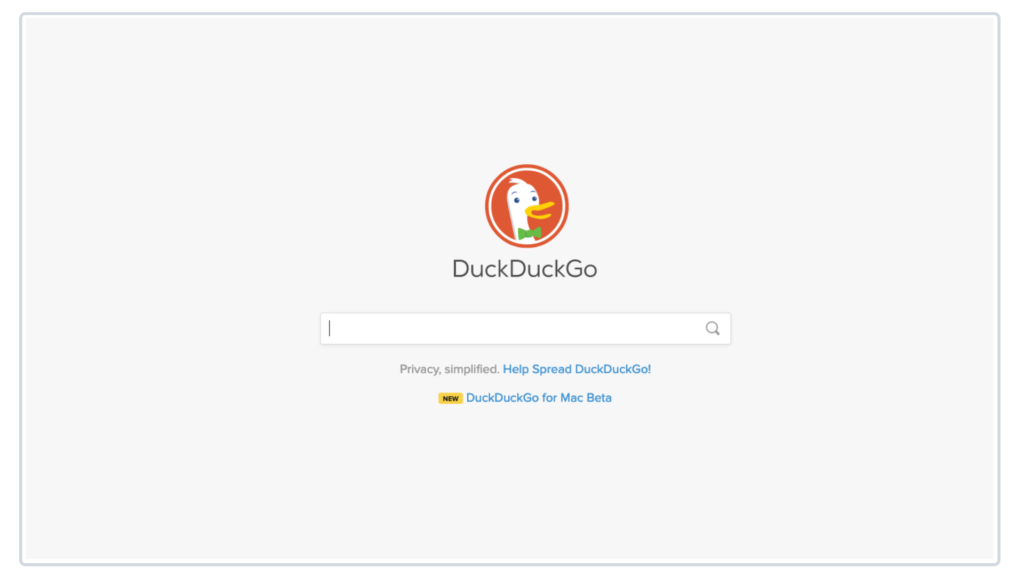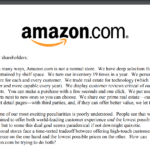Photo by Harrison Broadbent on Unsplash
Raspberry Pi marks 10 Years since its first launch in Feb 2012, and what a fantastic journey it has seen over a decade. Raspberry Pi isn’t just a technology gadget to review here, but a platform and an entire ecosystem to talk about at length. As a tech-savvy product manager, it’s fascinating to see what Raspberry Pi brings to the table.
What is Raspberry Pi? A low-cost pocket-size computer that you can use for tinkering
Raspberry Pi is a small form factor computer board with all integrated modules (CPU / RAM / Wi-Fi / Bluetooth / IO connectivity/storage slots). You can install different Linux OS like Official Pi OS, Ubuntu, Linux Mint, and other distributions. You can install applications, programming languages, editors and use them as a complete development machine. A popular version of Raspberry Pi costs $35 only.
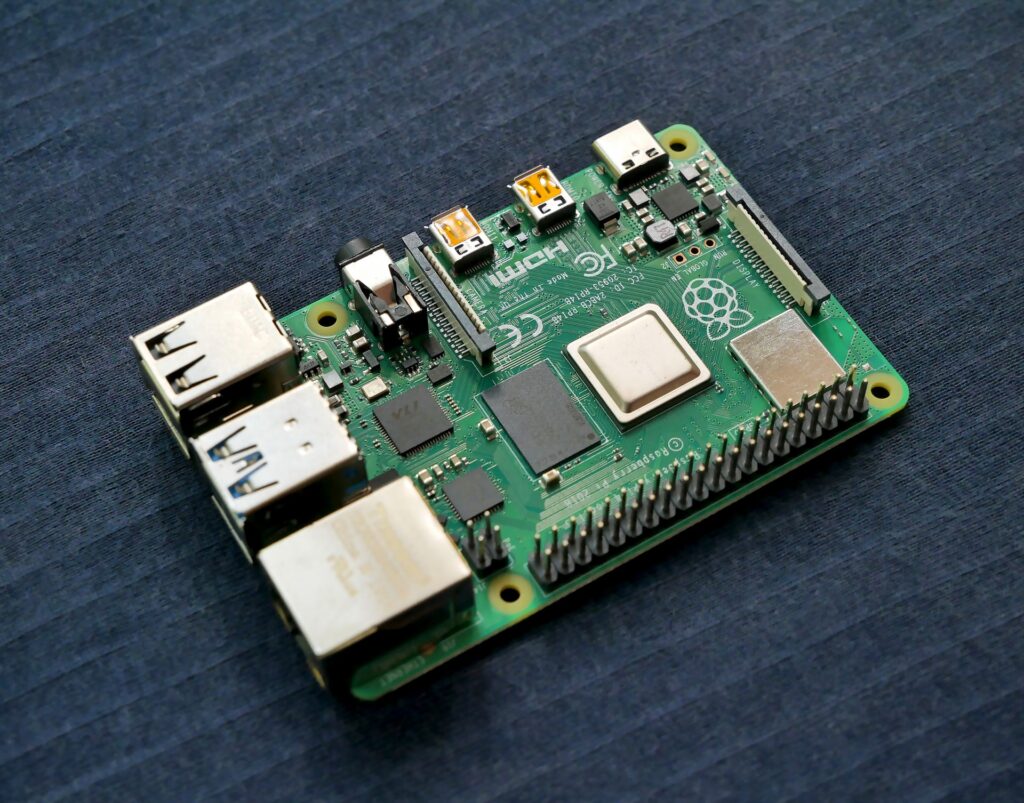

Raspberry Pi – A learning platform for the masses
The low cost, simplicity of getting it up and running, and possibilities it can bring from building a secure network, a working desktop, robotic devices, and more can be easily achieved with a small piece of hardware. More and more schools and educational institutes are getting their hands on Raspberry Pi around the globe to make it for each kid. A low-cost device to tinker around without putting anything at risk.
What projects have been built using Pi? You name it, and it’s done.
People have tried a vast range of projects using Pi. Some of them to quote here – Photography, Robotics, cybersecurity, weather, home automation, industrial automation, Healthcare, games, motion, and more here – https://projects.raspberrypi.org/en/projects & https://in.pcmag.com/old-desktop-pcs/145664/the-coolest-raspberry-pi-projects-youll-find . Personally, I have used Pi as one of the alternate desktops that I used to build this blog.
Unique Value Proposition – The small-form factor & low cost
The small form factor (Credit card size), low cost ($4 Pico to standard $35 to $75 keyboard integrated version), a complete computer on a small single-board with all integration points for keyboard, mouse, monitor, end-to-end OS, and toolset to get started, many additional hardware modules that can be added brings in unique value to the Raspberry Pi as a platform.
Journey – 2012 to 2022, 6 Major products
Raspberry Pi 1/2/3/4/400 & Pico version. Minor variants for memory and connectivity modules.
Volume – 40 Million Raspberry Pi’s sold globally so far (Feb 2022)
Sold 5M by Feb 2015, 30M by Dec 2019, to the latest 40M in 2022. It created a market worth $1Billion this (2022) year.
Cost – The most popular version of Pi costs $35
The smallest Pico Pi cost $4. A full kit of keyboard integrated Raspberry Pi 400 cost just $110. The most popular Raspberry Pi 4GB version costs $35, and it’s a steal.
Customers – Tech Enthusiast, Schools, and Educational Institutes
A small device will unlimited possibles has attracted millions of people around the globe to tinker around with it. Tech enthusiast who wants to try their hands and build something extraordinary is the largest community, followed by schools and educational institutions who want to teach computers, robotics, and programming languages to build innovative projects.
Competition – Arduino, Asus Tinker Board, Odroid, Orange Pi, Banana Pi, and more.
There are around 20+ competitive products against Raspberry Pi. Form factor, low-cost, colossal marketing push, people adoption, and targeting schools and educational institutes have made Raspberry Pi stand out.
Go-To-Market – Channel partners to distribute it in every country. No retail business
Raspberry Pi Foundation focuses on building the right product and have offloaded the distribution using their distribution channel partners in each country. Raspberry Pi does not sell as a retail product and goes with volume-based sell with their partners. That has kept the price low and helped them focus on their core product to continuously improve it every year.
Business Model – Low cost, drive demand, and increase market share.
Keep the core product cost low – drive demand and increase market share. Build peripheral modules and integrated products at a bit higher price.
What more would I do as Product Manager for this product?
- A Mini-PC based on Raspberry Pi targets the entry-level general-purpose desktop computers market. Raspberry Pi can use its low-cost and high market reach to enter this market. An essential mini-pc product will need a nice casing, all integration points on its backside, an ON/OFF button, a Wi-Fi antenna, a light indicator. 8GBRAM, 512 GB SD card, Chrome OS, and branding.
- Bring Google’s Chrome OS to Pi as an officially supported OS. A secure OS with a standard browser-based feature set can be used by large users to get their daily jobs done.
- As a standard upgrade to CPU/RAM/Wi-Fi/Bluetooth/Hardware would roll out a new Pi version every 3 years to stay competitive


Mangesh is Product Leader
Full Bio here – https://mangesh.bhamre.in

